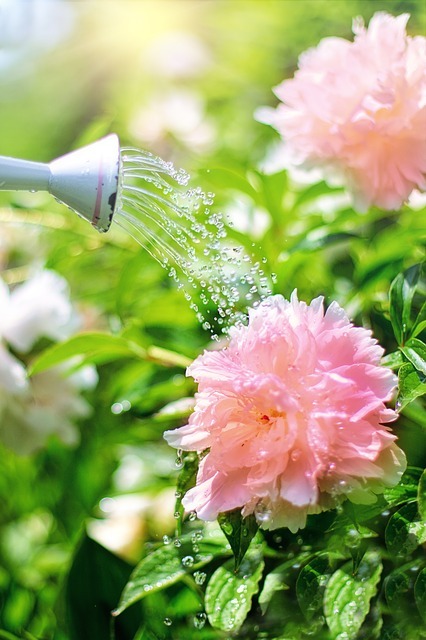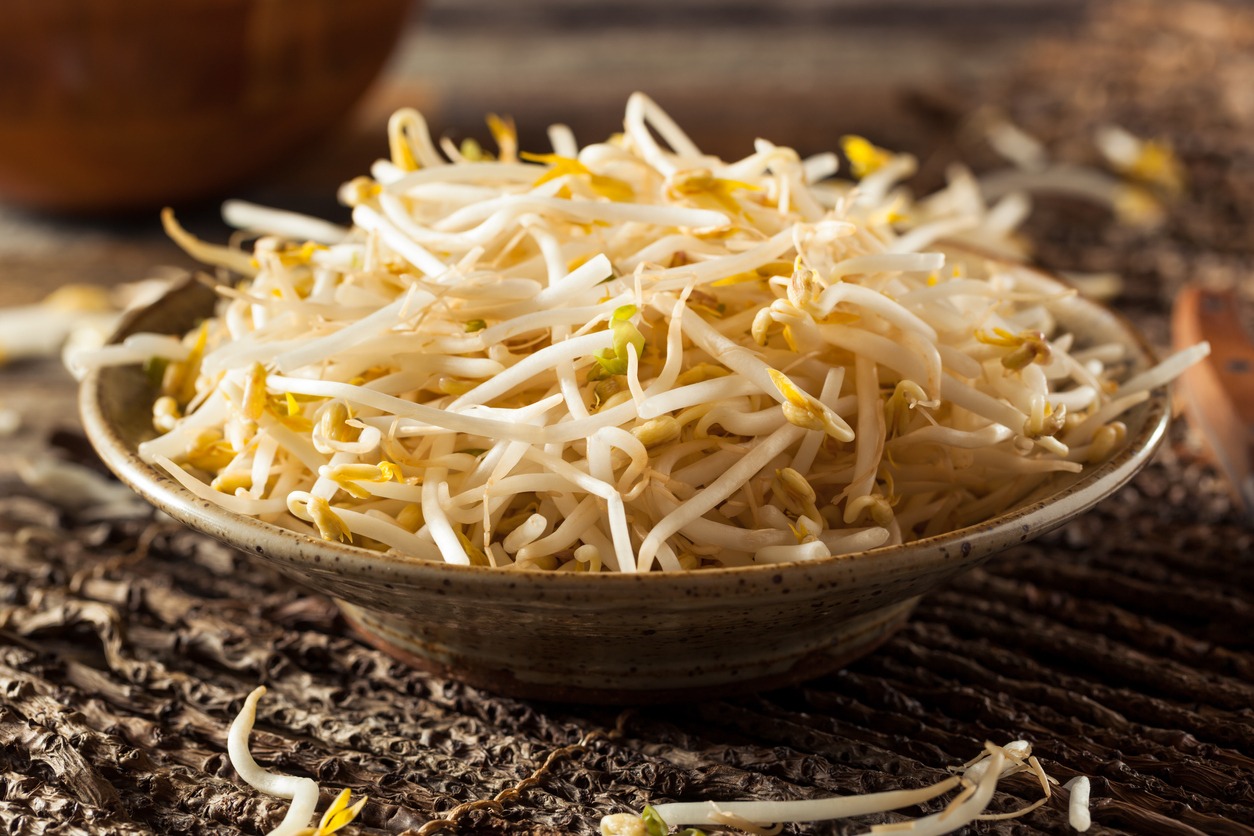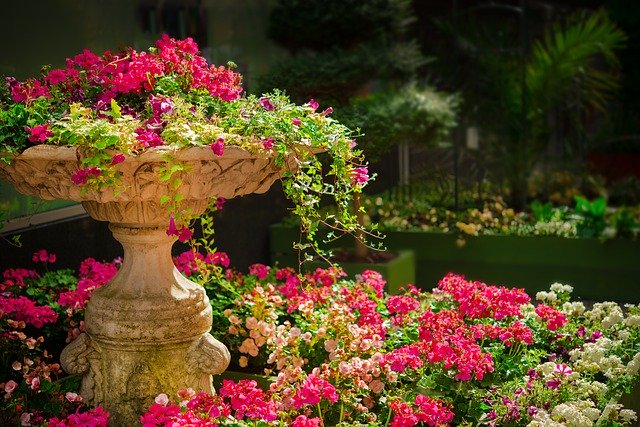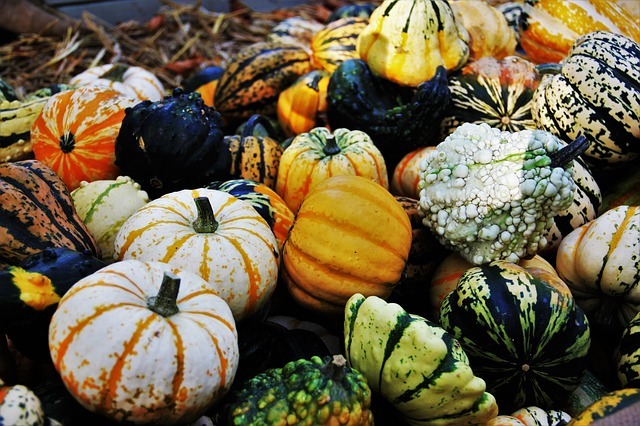How to Make Your Garden Work for You: Time-Saving Tips
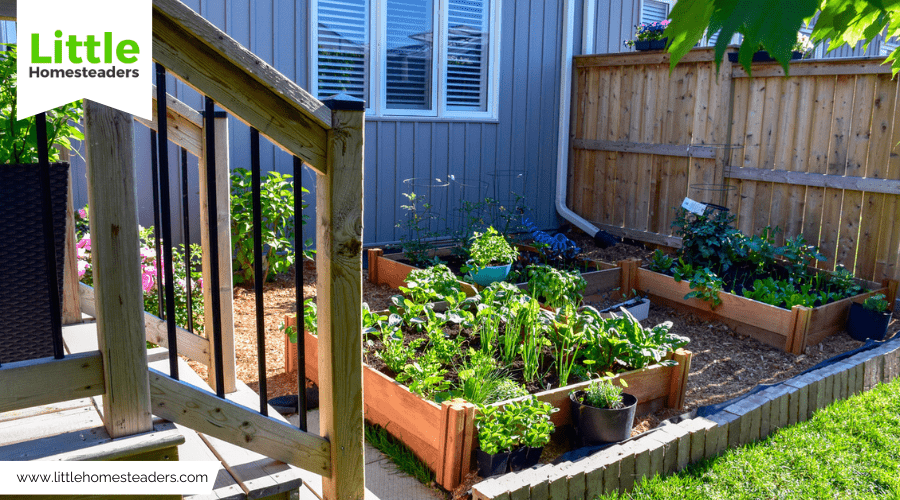
Gardening is a beloved pastime for many, offering the satisfaction of nurturing life and enjoying the fruits of your labor. However, it’s no secret that keeping a garden flourishing can be time-consuming, especially if your days are already packed with responsibilities. The good news? You don’t need to choose between a thriving garden and your busy schedule. With the right techniques and strategies, you can create a low-maintenance outdoor space that works for you. Here’s how to get started.
Plan Your Garden for Success
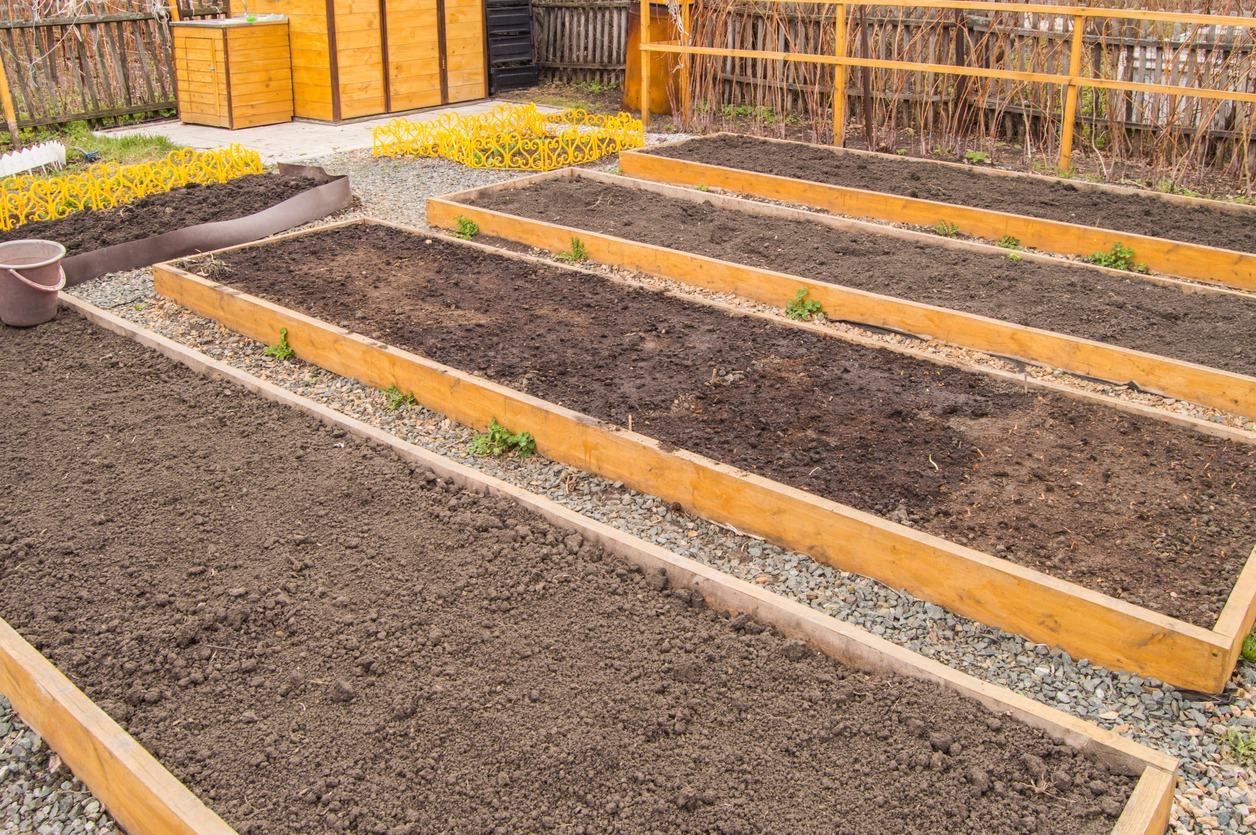
The foundation of an efficient, easy-to-maintain garden lies in the planning phase. Skipping this step often leads to frustration, wasted time, and underwhelming results. Taking the time to design a garden that fits your goals and lifestyle will save you countless hours in the long run.
- Define Your Goals What do you want your garden to achieve? If you’re growing food, think about the crops your family eats most often and how much space they require. For an ornamental garden, decide whether you want it to be a vibrant seasonal display or a serene, year-round retreat. By clarifying your objectives, you’ll avoid planting things that don’t align with your vision, saving effort and resources.
- Choose the Right Plants Not all plants are created equal, and selecting varieties suited to your region’s climate is one of the most important decisions you can make. Native plants are particularly advantageous—they’re adapted to thrive in local conditions and often require less water, fertilizer, and pest control. If you’re unsure, local garden centers and extension offices are great resources for recommendations.
- Leverage Garden Design Tools Whether you’re a beginner or a seasoned gardener, tools like companion planting charts, online planners, or even a simple sketchpad can help you visualize your space. Consider factors like sunlight, wind patterns, and soil quality when arranging plants. For maximum efficiency, incorporate pathways for easy access and use permaculture zones to organize your garden based on how often you’ll need to tend to certain areas.
Thoughtful planning upfront creates a roadmap for success, setting the stage for a productive and low-maintenance garden.
Plant in Masses for Efficiency
Planting in masses—grouping similar plants together—is a technique that serves both form and function. It simplifies care routines, reduces weeding, and creates a cohesive look that’s pleasing to the eye.
- Why Plant in Masses? When you plant in masses, maintenance tasks like watering, pruning, and fertilizing become more efficient. A densely planted area also acts as a natural weed suppressant, as there’s less bare soil for weeds to invade. Plus, larger groups of the same plant create a striking visual impact, turning your garden into a true showstopper.
- Ideal Plants for Mass Planting Ground covers like bugleweed, creeping phlox, and sweet woodruff are excellent for filling gaps in the garden. These low-maintenance plants grow quickly, covering soil and reducing the need for weeding. For seasonal color, consider planting bulbs like tulips or daffodils en masse. Not only do they require little upkeep, but they also make a bold statement when in bloom.
- Adapt to Your Climate If you live in a dry region, opt for drought-tolerant species like succulents or ornamental grasses. In wetter climates, ferns and hostas thrive in shaded, moist areas. By choosing plants that naturally suit your environment, you’ll cut down on the need for extra watering or soil amendments.
Mass planting is one of the simplest ways to create a garden that looks great with minimal effort.
Utilize Power Tools to Save Time
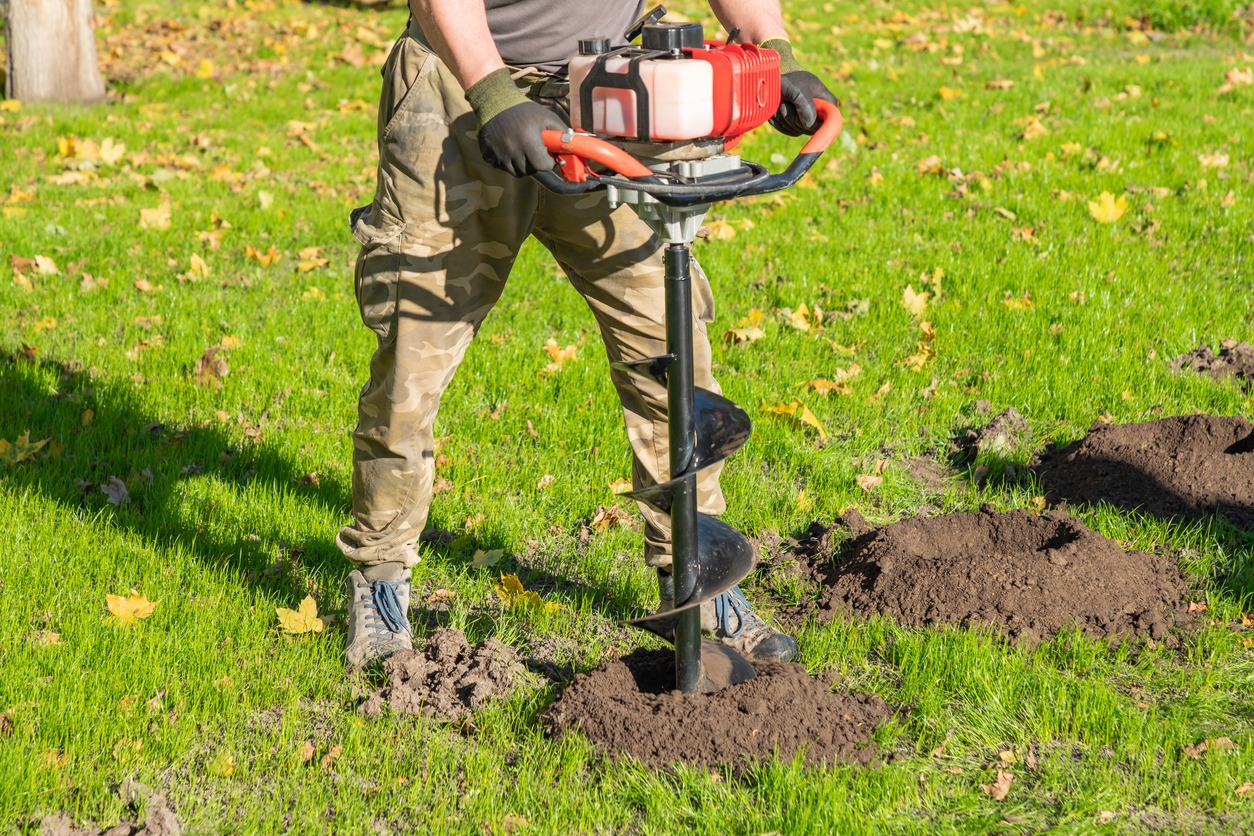
Gardening by hand is rewarding, but it can be labor-intensive. Power tools are game-changers for tasks that would otherwise take hours.
- Must-Have Tools for Gardeners
- Power Drill with Bulb Auger: This versatile tool makes planting bulbs, annuals, and even shrubs a breeze. You can also use it for mixing compost or aerating soil.
- Electric Tiller or Cultivator: These tools break up compacted soil quickly, preparing your garden bed for planting.
- Cordless Hedge Trimmers: Perfect for shaping bushes or trimming overgrown hedges without the hassle of cords or manual shears.
- Tips for Effective Tool Use If you’re new to gardening tools, start with a small set of versatile devices and build your collection as needed. Store them in a weatherproof container or shed near your garden to avoid unnecessary trips back and forth. Maintenance is key—cleaning and sharpening your tools regularly will keep them efficient and extend their lifespan.
- Involve Your Family Gardening with power tools can also be a fun family activity. Teach older kids or teenagers how to use them safely, turning routine tasks into opportunities for bonding and skill-building.
Investing in the right tools not only saves time but also makes gardening more enjoyable and less physically demanding.
Group Plants Strategically

Strategic plant grouping is about working smarter, not harder. By arranging plants with similar needs together, you’ll reduce maintenance time and promote a healthier garden.
- Watering Made Simple Plants with similar watering needs should be grouped together. For example, thirsty vegetables like tomatoes and peppers can share a drip irrigation system, while drought-tolerant herbs like rosemary and sage can thrive in a separate, drier section of the garden.
- Encourage Beneficial Interactions Companion planting is another excellent strategy. Marigolds, for instance, repel nematodes and other pests, making them a great neighbor for vegetables like tomatoes and beans. Grouping flowering plants that attract pollinators, such as bees or butterflies, will also boost your garden’s productivity.
- Natural Sheltering Layer your garden by height, using taller plants to shade smaller, more delicate ones. For example, sunflowers can provide shelter for lettuce or spinach, which prefer cooler conditions. This not only protects sensitive plants but also maximizes your use of space.
Strategic plant placement reduces daily chores and creates a harmonious ecosystem in your garden.
Embrace Low-Maintenance Plant Varieties
If time is a concern, choosing the right plants can make all the difference.
- Ornamentals That Thrive on Neglect Succulents, lavender, and ornamental grasses are perfect for decorative gardens. These plants are not only stunning but also incredibly resilient, requiring minimal water and care.
- Productive Edibles with Minimal Effort Vegetables like cherry tomatoes, bush beans, and zucchini are prolific producers that don’t demand constant attention. Perennial herbs like chives, mint, and thyme are also excellent choices for busy gardeners—they come back year after year with little effort.
- Plants That Do the Work for You Self-seeding plants like cosmos, calendula, and black-eyed Susans will naturally propagate, filling your garden without the need for replanting.
Low-maintenance plants let you enjoy the beauty and bounty of gardening without the constant upkeep.
Mulch for Multiple Benefits
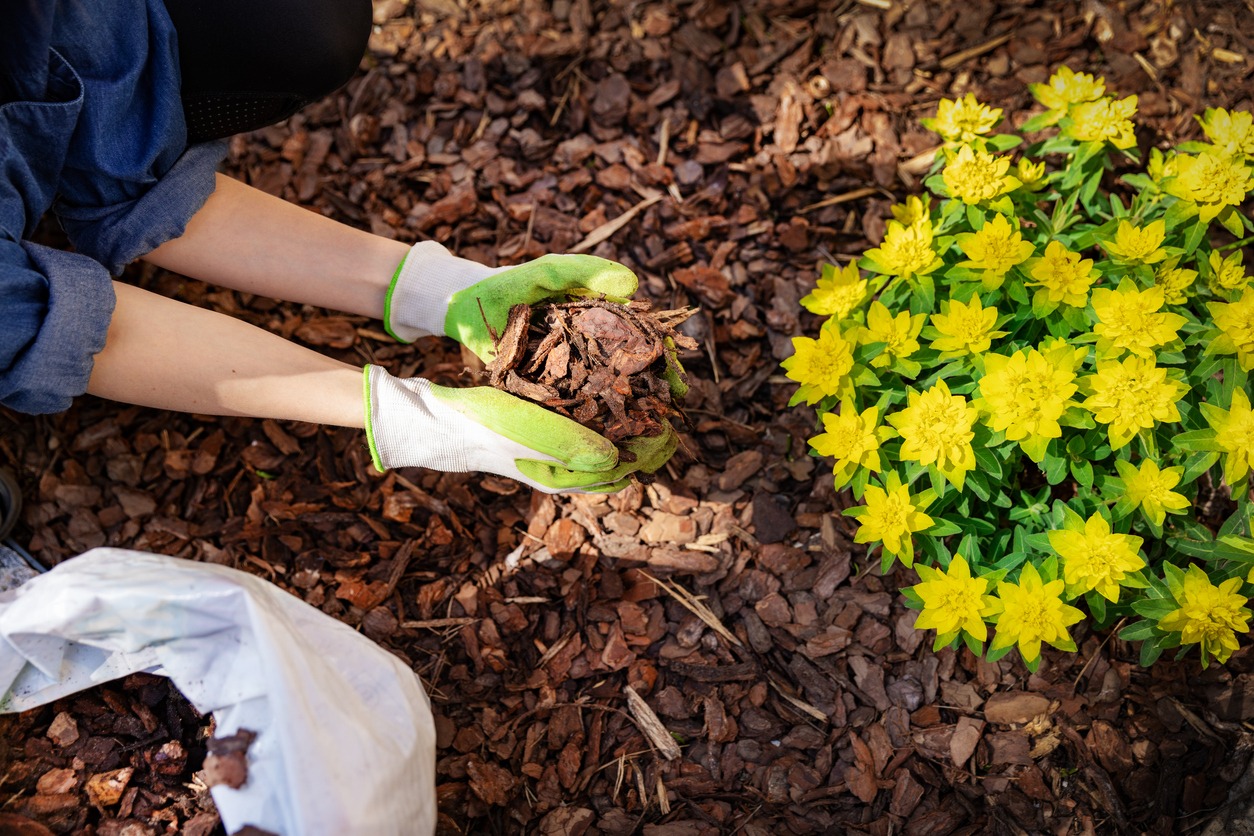
Mulching is one of the simplest ways to reduce your workload while enhancing your garden’s health.
- Time-Saving Benefits A thick layer of mulch suppresses weeds, conserves moisture, and protects plant roots from temperature extremes. This means less watering, fewer weeds, and healthier plants.
- Types of Mulch to Use Organic mulches like wood chips, bark, or shredded leaves decompose over time, enriching the soil with nutrients. Inorganic options like gravel or rubber mulch last longer but don’t provide the same soil benefits.
- How to Apply Mulch Effectively Spread 2–4 inches of mulch around your plants, keeping it a few inches away from stems to prevent rot. Refresh the layer annually for the best results.
Mulch is a simple yet powerful tool that every gardener should embrace.
Implement Efficient Watering Systems
Watering doesn’t have to be a daily chore. With the right systems, you can keep your garden hydrated with minimal effort.
- Install Drip Irrigation Drip irrigation delivers water directly to plant roots, reducing waste and ensuring consistent moisture. Soaker hoses are another great option for evenly watering large areas.
- Automate Your System Timers and moisture sensors can take the guesswork out of watering. Set them up to water early in the morning or late in the evening when evaporation is minimal.
- Harvest Rainwater Collect rainwater in barrels and use it for irrigation. This not only saves water but also reduces your utility bills.
Efficient watering systems save time, money, and resources while keeping your plants healthy.
Practice Smart Pest Management
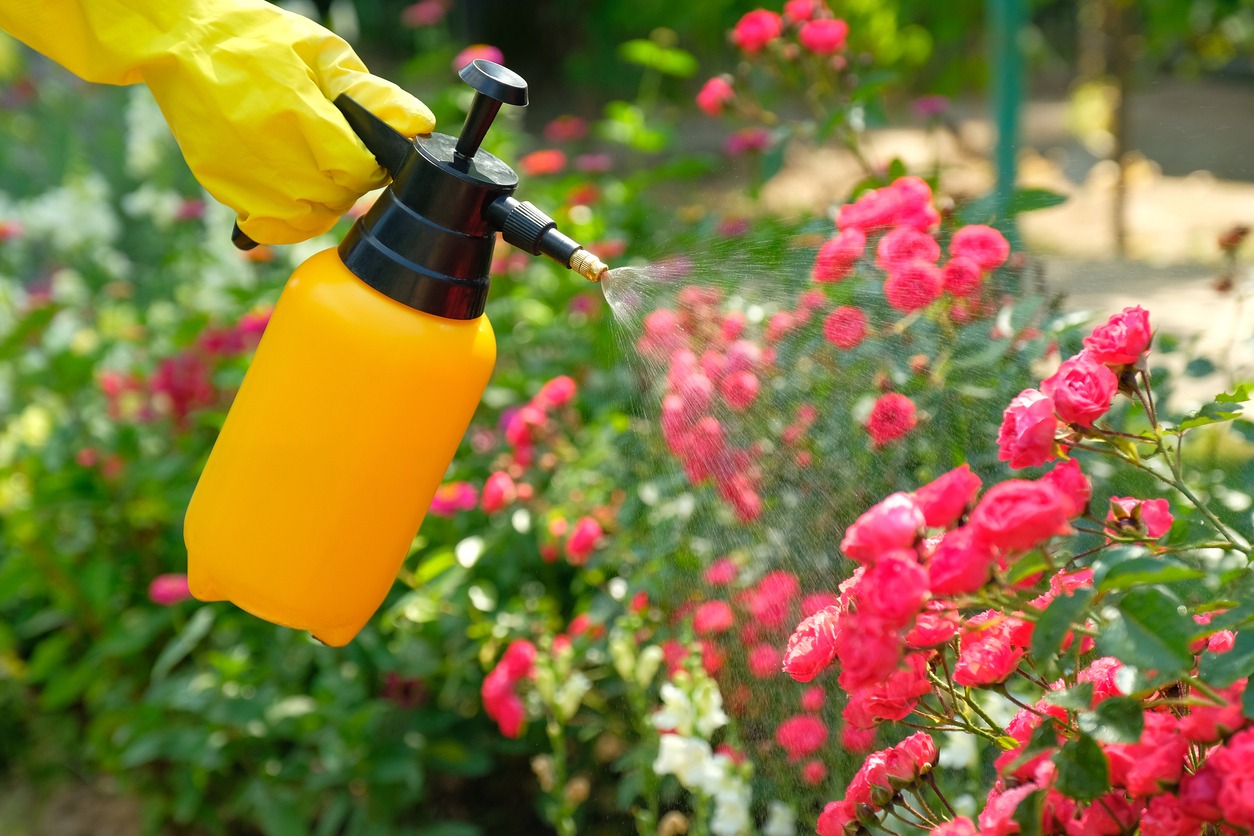
Dealing with pests is a part of gardening, but it doesn’t have to consume your time.
- Attract Beneficial Insects Ladybugs, lacewings, and parasitic wasps are natural predators that keep harmful pests in check. Plant flowers like yarrow, dill, or fennel to attract them.
- Use Organic Solutions Neem oil, garlic spray, and insecticidal soaps are effective against many common pests. These solutions are safe for plants, pets, and the environment.
- Plant Natural Repellents Lavender, marigolds, and chrysanthemums repel many pests while adding beauty to your garden.
By creating a balanced ecosystem, you’ll reduce the need for chemical interventions and hands-on pest control.
Simplify Your Garden Layout
A thoughtful layout makes maintenance a breeze.
- Raised Beds and Vertical Gardens Raised beds improve drainage and make planting, weeding, and harvesting easier. Vertical gardens save space and simplify access to crops.
- Create Accessible Pathways Gravel paths or stepping stones make it easy to navigate your garden without damaging plants.
- Keep Tools Handy Install a small shed or storage box near your garden to keep essential tools within arm’s reach.
A well-organized garden layout ensures you spend less time working and more time enjoying.
Conclusion
Gardening doesn’t have to be a constant battle against time. By implementing these time-saving tips, you’ll create a space that works with you, not against you. From strategic planting and smart watering systems to low-maintenance varieties and power tools, there’s a solution for every gardener. Try these techniques and transform your garden into a thriving, low-maintenance oasis that brings you joy without overwhelming your schedule.

